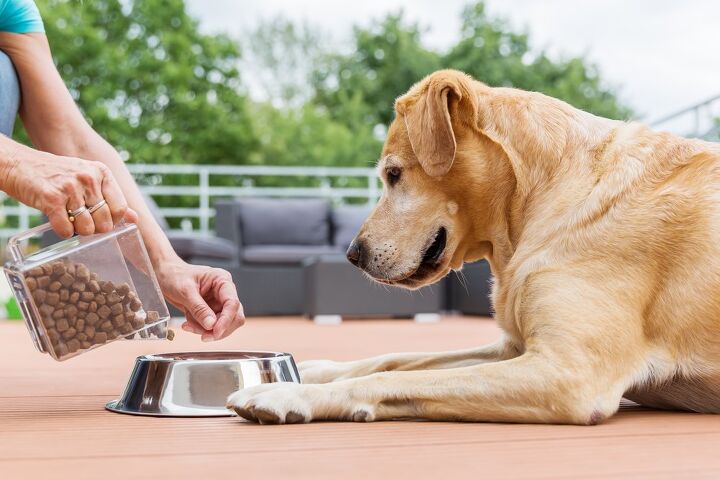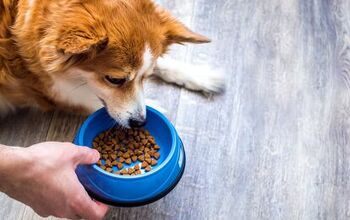What is a Hydrolyzed Protein Diet for Dogs?

Protein is a very important part of a dog’s diet. However, some doggos might have a sensitive digestive system or even allergies. In such cases, a hydrolyzed protein diet becomes essential as it provides important nutrients without being heavy on their tummy. But what is hydrolyzed protein exactly?
A hydrolyzed protein diet for dogs is a type of food that is formulated specifically for dogs that have allergies or certain food sensitivities. The protein sources in this diet are all broken down into smaller molecules, thanks to a complex process called hydrolysis. What this process does is reduce the size of the protein molecules, making them less likely to trigger an allergic reaction. So, if your doggo is a bit sensitive, this could be what’s needed!
Veterinarians often recommend hydrolyzed protein for dogs that are diagnosed with intolerances or food allergies. Thanks to this, your pet can receive all the essential nutrients without any adverse reactions being triggered. The most common sources of hydrolyzed protein in these diets are beef, chicken, salmon, or soy. So it’s just like most of the common dog foods - but in a different, better form.
So if you have been noticing that your dog is sensitive to certain foods, it might be a protein source in the formula that’s causing the issues. Some of the symptoms that could indicate gastrointestinal sensitivity and allergies are itching, upset stomach, ear infections, or skin inflammation. Once you switch to a hydrolyzed protein dog food, these symptoms can be managed. This is due to the introduction of a novel protein source, that the dog's immune system is less likely to recognize as an allergen.
Of course, it is essential to consult with a veterinarian before starting your dog on a hydrolyzed protein diet. Your vet can help determine if food allergies or sensitivities are the cause of your dog's symptoms and recommend an appropriate diet. They may also suggest diagnostic tests, such as elimination diets or allergy testing, to identify specific triggers. Remember to never do things on your own and without the previous guidance of your veterinarian.
What is more, when you do switch your dog to a hydrolyzed protein diet, it's essential to do so gradually to avoid upsetting their digestive system. Any sudden change can be detrimental to their health. So start by mixing small amounts of the new food with your dog's current food and gradually increase the proportion of the new diet over several days to weeks.
Also, keep in mind that you should never jump to conclusions. Symptoms of food allergies are similar to symptoms of other health issues, so don’t try and connect the dots on your own. After tests, your vet will know the answers. But if it is a food allergy, it has to be addressed. Leaving it uncontrolled can lead to many serious health issues for your dog.
In case your vet determines that your pet has food allergies and that a skin rash is the result, they could advise you to soothe the affected area. A special dog skin rash soothing cream can be a great helping hand in this case, helping you manage the issues while tackling the root cause of your pet’s skin problems. After all, one of the most common ways that food allergies are presented is on the skin!

A proud mama to seven dogs and ten cats, Angela spends her days writing for her fellow pet parents and pampering her furballs, all of whom are rescues. When she's not gushing over her adorable cats or playing with her dogs, she can be found curled up with a good fantasy book.
More by Angela Vuckovic

























